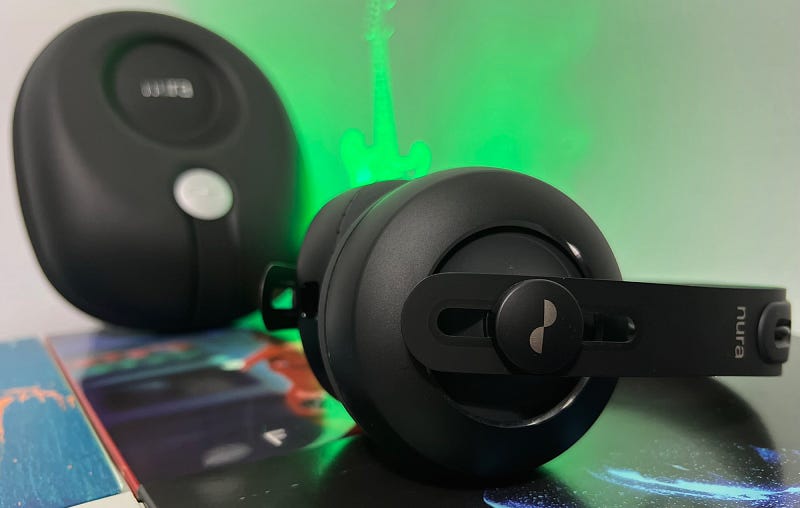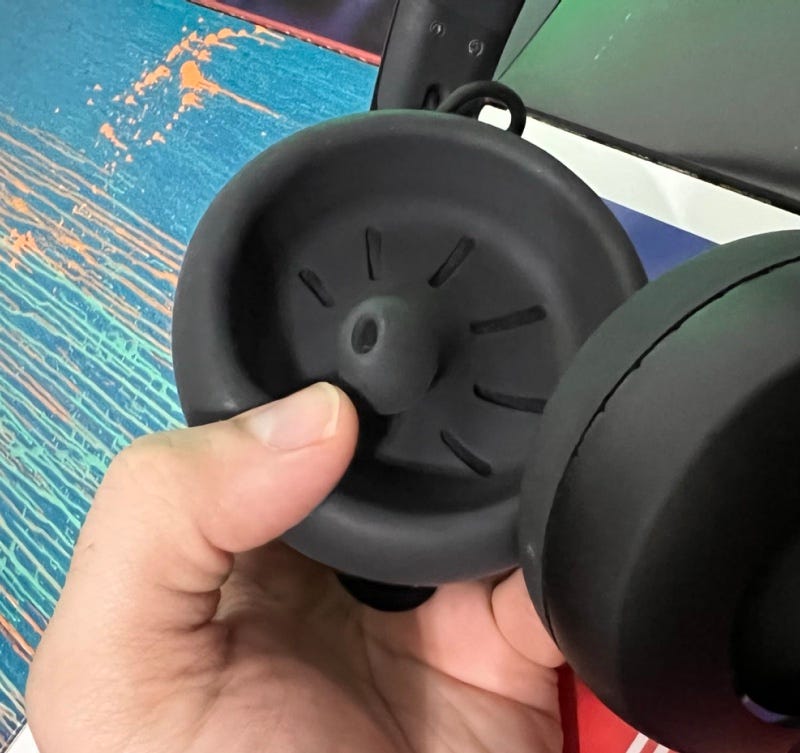The Nuraphone Experience: A Love-Hate Relationship with Sound
Written on
The Hype Surrounding Nuraphone
When the Nuraphone first hit the market, the excitement was palpable. I genuinely believed these headphones would outperform anything Apple could create. However, I eventually came to the realization that I was mistaken.

Photo by author.
It’s not often I admit to my shortcomings, but I own an excessive number of headphones and occasionally make poor purchasing choices. This review highlights my experience with the Nuraphone. I hesitated to share my thoughts, hoping that over time, my perspective would shift. Four years later, that moment never arrived. Despite their impressive specifications, my decision to buy the Nuraphone remains one of my few technology-related regrets.
The marketing campaign for the Nuraphone was nothing short of spectacular. Watching their promotional video was reminiscent of high-profile ads from Nike or Apple. The marketing team did an excellent job of generating excitement among audiophiles.
The Waiting Game
Despite the buzz, I chose not to rush into a purchase. I consider myself a discerning shopper and held off until I could snag a 25% discount during a summer sale on Amazon in 2018, bringing the price down to about 300 EUR. On paper, these headphones boasted numerous accolades, including the CES Innovation Award and the Good Design Award. Most reviews across various platforms were overwhelmingly positive.
My anticipation for this product was akin to my excitement for an Apple release, as I believed the Nuraphone would surpass anything crafted by Cupertino’s finest. The device even received a nod of approval from the popular Unbox Therapy channel, which I had followed since my early days on YouTube.
An Unboxing Experience Like No Other
The unboxing was indeed memorable. The setup process was innovative and captivating. From the moment I held the headphones, their weight and design felt luxurious. If I were to describe the allure of these headphones in a metaphor, it would be like the intoxicating charm of a beloved actress—unforgettable and deeply enticing. However, akin to intimate relationships, true connection requires more than mere aesthetics; it requires compatibility.
The Fatal Flaw
After several hours of testing, I was determined to make the Nuraphone work for me, much like someone clinging to a toxic relationship because of superficial qualities. Despite their near-perfection in appearance and sound quality—far superior to brands like Sony, Bose, Beats, or Sennheiser—I encountered a significant issue that ultimately led to my disappointment: poor fit.
The design of the ear cups, featuring both silicone and in-ear components, created a unique challenge. I expected an airtight seal, but the reality was far less accommodating.

Photo by author.
Looking back, it's surprising they won the Good Design Award in 2018. While aesthetically pleasing, effective design should balance form and function. The inflexible ear cups combined with an overly sensitive touch control made achieving a comfortable fit nearly impossible.
Not only did I struggle with the fit, but after prolonged use, I felt discomfort as the in-ear component pressed into my ear canal. This was distracting, especially when the promise was immersive sound quality. Additionally, I soon discovered that silicone doesn’t play well with body heat. After about an hour of use, I found myself sweating inside the ear cups, raising concerns about potential hygiene issues.
Alternative Options
To be candid, I don’t think there’s a true alternative to the Nuraphone. The only reason I’ve held onto them is that I believe they represent a significant advancement in consumer headphone technology. However, this potential is overshadowed by their impractical design.
In contrast, I found the AirPods Max to be much more comfortable. While they may not deliver the same audio experience, their design allows for extended wear without discomfort—a crucial factor that headphone designers must prioritize.
It seems Nura overlooked an important detail: people don’t only engage in brief listening sessions. With the increasing prevalence of virtual meetings and longer commutes, a functional and comfortable design is essential for a seamless audio experience. Unfortunately, the Nuraphone fell short, leaving me with a sense of disconnection and disappointment.
Did you know that when you subscribe to become a Medium Member, writers like me earn a share? You gain access to fantastic articles, and we get to enjoy a cup of coffee—sounds fair, right?
Attila Vago — Senior Software Engineer focused on creating innovative ed-tech solutions. A lifelong tech enthusiast, advocate for web accessibility, LEGO collector, and craft beer lover.